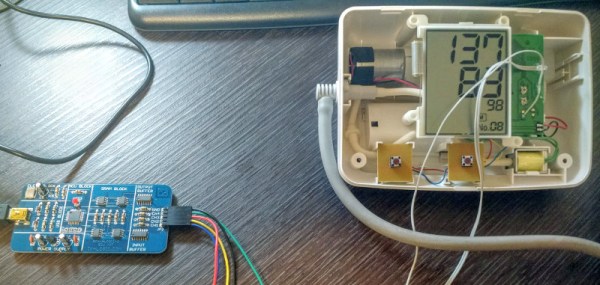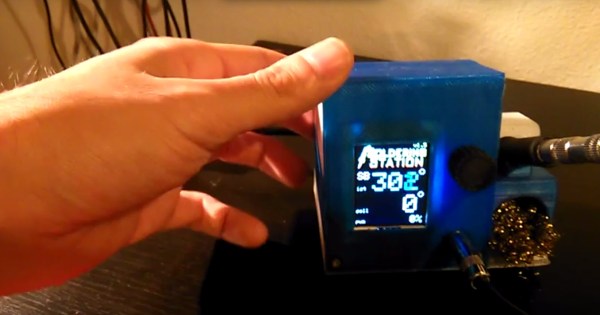Programmers and software engineers will always use the latest development environments, the trendiest frameworks, and languages they learned only 21 days ago. What if this weren’t the case? What if developers put care into their craft and wrote programs with an old world charm? What if Windows executables were made with the same patience as artisanal firewood, or free range granola? [Steve] has done it. He’s forging a path into the wilds of truly hand crafted executables.
The simplest executable you could run on a Windows box is just a simple .COM file. This is an extremely simple file format that just contains code and data loaded into 0100h, and a jump to another point in the code. The DOS .EXE file format is slightly more complicated, but not by much. [Steve]’s goal was to build a proper Windows executable without a compiler, assembler, linker, or anything else.
Continue reading “Bespoke, Artisanal, Hand Made Executables”


















